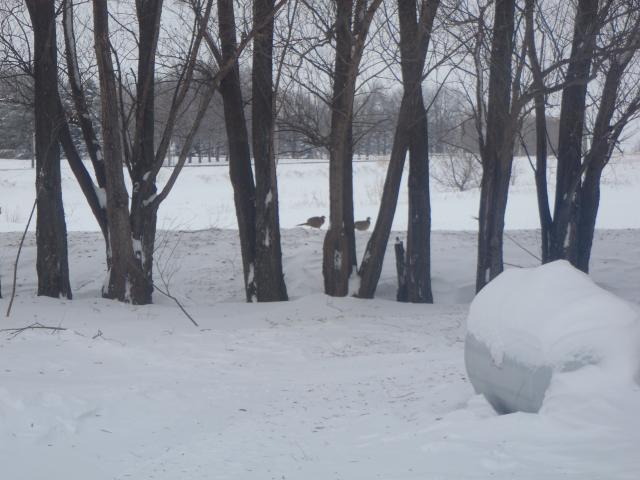I was watching a documentary on the victims of hurricane Katrina. One of them mentioned all the "wild chickens" that were running around. This was a couple of years after Katrina hit.
I don't see them surviving around here though. Owls, hawks, fox, possum, coons, skunk....I just don't see it happening.
I don't see them surviving around here though. Owls, hawks, fox, possum, coons, skunk....I just don't see it happening.


